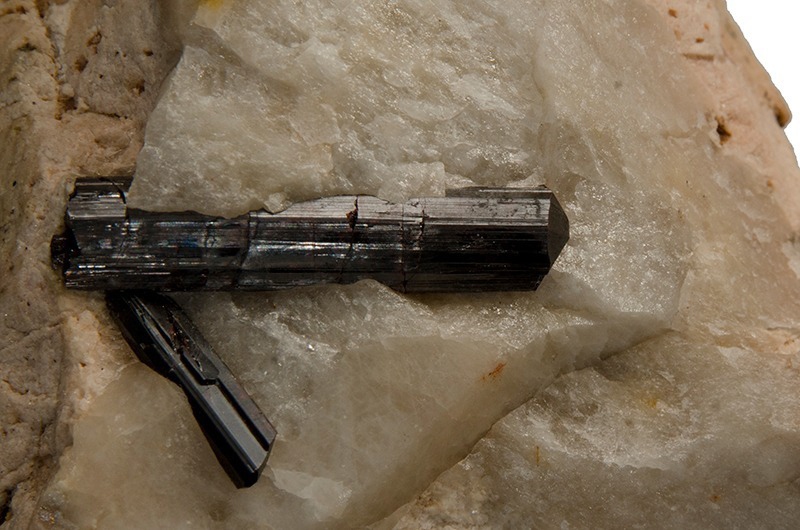Mineral Sands
Page last updated:13 June 2018
What are mineral sands?
Most sand on the beach consists of grains of the mineral quartz (SiO2). Mineral sands are old beach, river or dune sands that contain concentrations of the important minerals, rutile, ilmenite, zircon and monazite. These 'heavy' minerals have a relative density of between 4 and 5.5 g/cm3 and are much heavier than common sand minerals such as quartz which has a density of around 2.65 g/cm3. Garnet, magnetite, sapphire, diamond and staurolite are also mined from some mineral sand deposits.
How are mineral sands formed?
Rutile, ilmenite, zircon, garnet, magnetite, diamond and monazite are all hard minerals that are resistant to weathering. They all originally grew as crystals in igneous rocks such as granite or basalt and some metamorphic rocks. Over millions of years, these rocks were weathered and eroded. The harder minerals including quartz were washed down to the sea by heavy rainfall and fast flowing streams.
The minerals were then carried back up onto the beach by waves. As the waves washed up and down on the beach, they carried the lighter quartz grains with them back into the sea, leaving the grains of the heavy minerals behind on the beach. Wind also helped to concentrate the heavy minerals by blowing away the lighter quartz sand. These processes were repeated many times over millions of years, eventually creating a large deposit of mineral sands on the beach.
As the sea level rose and fell over geological time, the shoreline also moved . As this happened, the deposits of mineral sand were covered by more sand and built up, or were eroded and redeposited elsewhere. This is why we sometimes find mineral sand deposits many kilometres inland and maybe as much as 50 metres below the surface.
